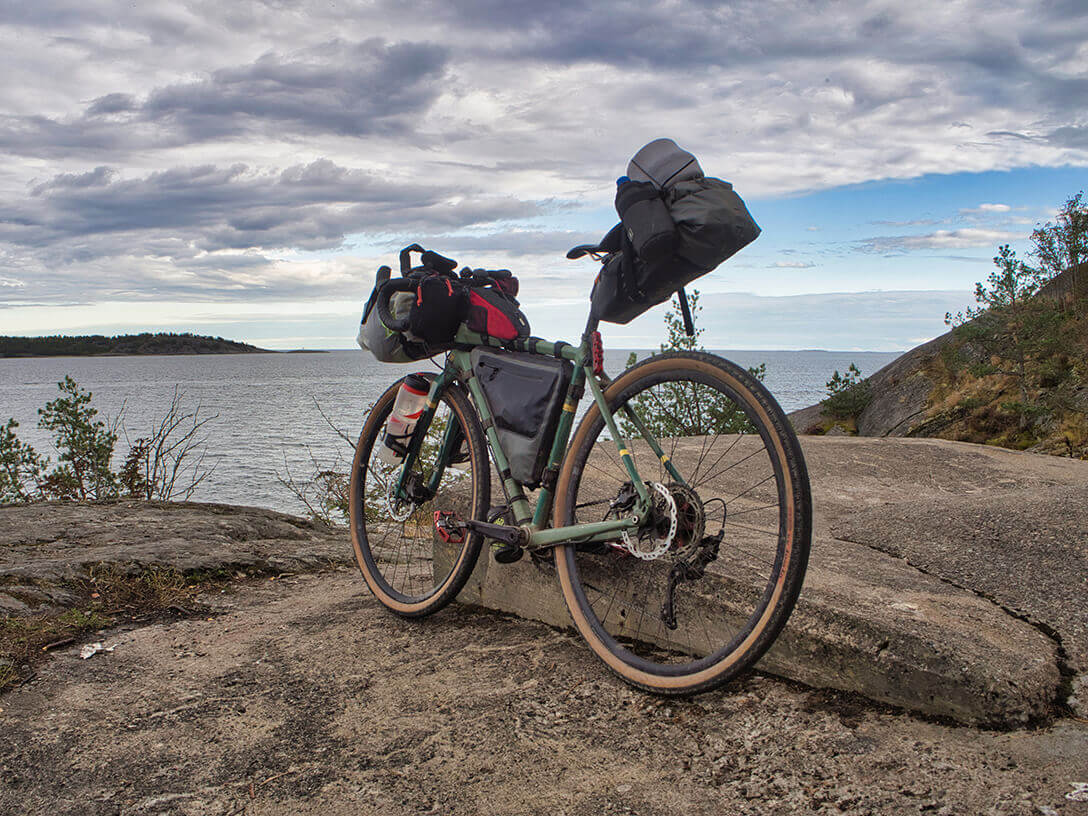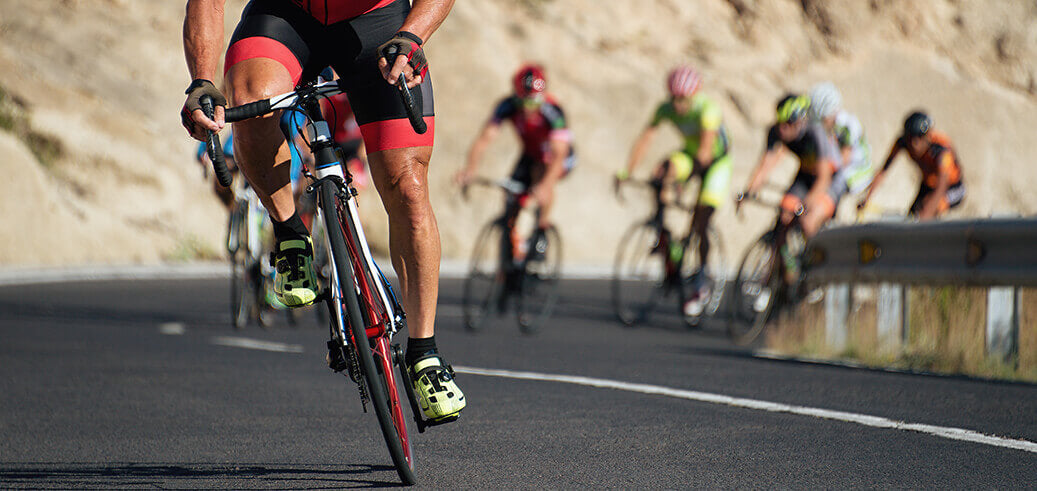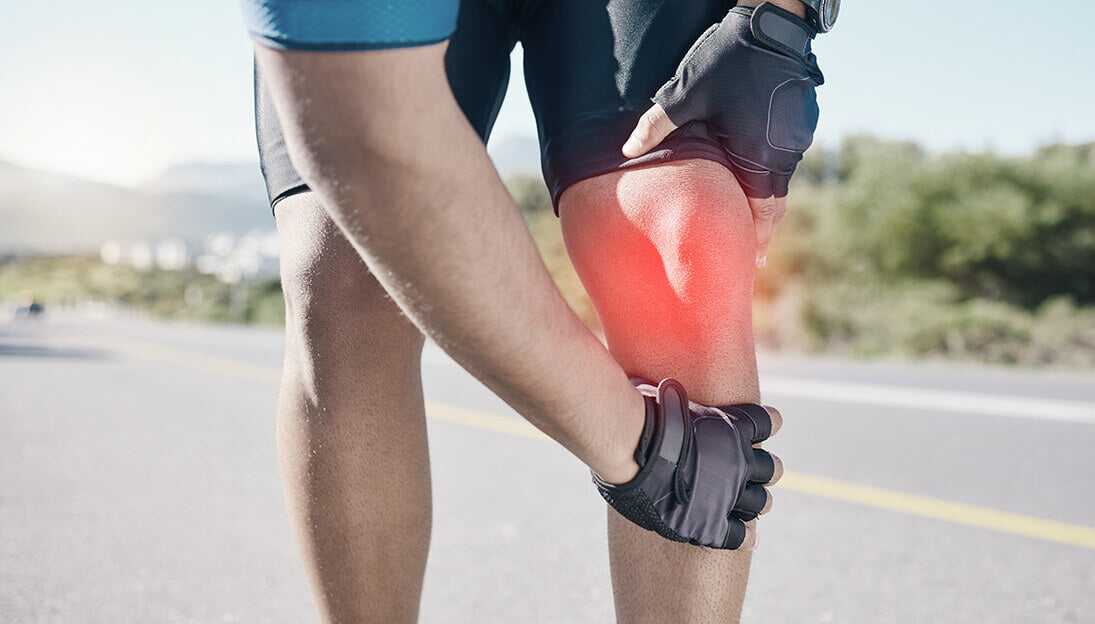Bicycle touring combines the freedom of the open road with the thrill of self-sufficiency. Whether you’re about to embark on your first tour or seeking to enhance your experiences, you likely have one key question: ‘How do I start bicycle touring successfully?’ Your journey begins here, with insider tips on selecting gear, planning routes, and understanding the essentials for a fulfilling and safe bicycle touring adventure.
Key Takeaways
- Bicycle touring is an adventure lifestyle that involves cycling long distances with gear, which can range from self-supported to organized tours, offering unique travel experiences and full immersion in local cultures.
- Choosing the right touring bike is crucial, and factors such as bike size, comfort, and a durable design with features like a long wheelbase and wide gearing range are essential for a successful journey.
- Effective preparation for a bike tour includes selecting appropriate gear, packing essentials without overpacking, and having a physical and mental strategy for endurance, as well as understanding safety and recovery practices.
Unveiling the World of Bicycle Touring

Bicycle touring, often referred to as adventure cycling, is more than just a hobby; it’s a lifestyle that many people around the world have embraced, making bike trips and bicycle travel popular choices.
Consider this a starter’s guide to help you tap into this vibrant community.
Defining Bicycle Touring
Bicycle touring is all about exploring long distances on a bike, equipped with the necessary gear to sustain the journey. On a given day, you might cover anywhere from 50 to 150 kilometers, depending on your pace and the terrain.
Although off-road mountain biking is an option, the majority of cycle tourists gravitate towards paved roads and cycle paths for a smoother, more stable journey on their mountain bike.
The Spectrum of Tours
When it comes to bike tours, there’s a spectrum of options available, ranging from self-supported tours, to credit card touring, and organized tours. Each form of touring comes with its unique set of challenges and rewards, and the type you choose will depend on factors like your desire for planning, gear requirements, preferred level of physical exertion, budget constraints, and the time you have available for the tour.
Why Choose Bicycle Touring?
Bicycle touring offers a unique travel experience that combines the physical challenge of a workout with the thrill of exploring new landscapes. It allows you to:
- Engage fully with your surroundings
- Immerse yourself in the local culture
- Appreciate the beauty of a community, which might be overlooked when traveling by motor vehicle.
The sensation of feeling the wind as you cycle evokes a stimulating and refreshing sensory experience that’s distinct from enclosed vehicle travel.
Selecting Your Trusty Steed: The Touring Bike

Having introduced the concept of bicycle touring, it’s time to examine the literal nuts and bolts of your reliable companion - the touring bike.
Key Features of a Touring Bike
A touring bike, also known as a loaded bike, is specifically designed to be a reliable workhorse capable of carrying you and your gear across long distances. Key features include a long wheelbase for stability, wider tires for a comfortable ride, and a high spoke count for durability.
The gearing setup should offer a wide range to handle steep climbs and maintain speed on flat terrains.
Picking the Perfect Bike
The success of your bike tour hinges on selecting the appropriate bike. Size plays a critical role in achieving a comfortable ride, and it’s essential to select a bike that fits your body proportions. Test riding several bikes is advisable, and it’s important to set the saddle height correctly before each test ride for an accurate fit assessment.
Bike Shops vs. Self-Assembly
Whether you choose to buy a pre-assembled bike from a shop or assemble your own from individual parts can depend on your budget and personal preferences. Pre-assembled bikes are usually more cost-effective, especially for individuals with budgets under $1000 to $1300.
On the other hand, assembling a bike from individual parts can be pricier but allows for customization.
Essential Gear for the Open Road

Having the right gear can make your bike tour more enjoyable and less strenuous. This segment aims to guide you in packing intelligently and prevent common mistakes bike travellers make, which could burden you on your journey.
Packing Smart - The Essentials
Several essential items should find a place in your packing list for a bike tour. Here are some suggestions:
- A well-conditioned bicycle
- A helmet
- Panniers
- Cycling-specific clothing
- A first-aid kit
- A charging phone case and bike phone mount
Each item plays a crucial role in your journey.
Don’t forget personal comfort and safety items like sunscreen, insect repellent, and chamois cream.
Avoiding Overpacking
While it’s important to be prepared, overpacking can lead to a heavy load that’s difficult to manage. Use a checklist to make sure you’re only bringing necessary items and lay out all your gear before packing to visualize what you’re taking. Remember, every item you pack adds to the weight you’ll be carrying, so be mindful of each item’s necessity.
Navigating Gear Choices
The right gear selection can significantly influence the outcome of your tour. Consider factors like the climate and terrain of your route to ensure your gear is suitable. For example, waterproof panniers or dry bags are essential for wet climates, while lightweight and breathable materials are recommended for hot and dry conditions.
Planning Your First Cycle Tour

Armed with an understanding of bicycle touring and the necessary gear, it’s time to strategize for your first bike tour, which will be when you started bike touring with your inaugural decision to cycle tour.
Route Planning for Beginners
Identifying an appropriate route forms one of the initial steps in strategizing for your bike tour. Start with routes that are close to familiar areas and feature relatively level terrain to match your starting ability. As you gain more experience, you can gradually choose more challenging routes.
Accommodation Options Along the Way
As you cycle through long distances, you’ll need to plan for rest and recovery. There are numerous lodging options to consider depending on your preference and budget, from campgrounds and hostels to luxury hotels. If you’re up for a bit of adventure, you might even consider wild camping.
Keep Your Phone Fully Charged

If you plan to use your phone on your adventure, be it for using GPS, listening to music, taking photographs, taking phone calls, or anything else you need your phone for, be sure to get set up with a wireless charging phone case and mount. StrideCharge offers the perfect solution as StrideCharge will keep your phone mounted to your handlebars and allow you to wirelessly charge it with the touch of a button.
The StrideCharge Bundle comes with a Charge Case and a Handlebar Mount. The Charge Case is a wireless charging phone case that will protect your phone and wirelessly charge it anytime, anywhere. The Mount attaches securely and easily to your handlebars and requires no tools. The Charge Case locks into the Mount securely and disengages with ease.
Preparing Your Own Meals vs. Eating Out
The choice between preparing your own meals and eating out can depend on a variety of factors, including your budget, dietary restrictions, and availability of local eateries.
By preparing your own meals, you have control over the nutritional content and can save money.
Mastering the Art of Cycling Long Distances
With your bike, gear, and plan ready, you must now gear up for the physical and mental demands of long-distance cycling.
Physical Preparation for Your Tour
Physical preparation for a bike tour involves a mix of cycling short distances and gradually extending the range to improve your fitness. Incorporating a mix of 80% aerobic ‘zone 2’ rides and roughly 20% high-intensity training can help build endurance.
Mental Resilience on the Road
Aside from physical preparation, mental resilience is equally important for a successful bike tour. Positive self-talk can reduce the perceived exertion of cycling, allowing you to continue for longer.
Breaking down long rides into manageable parts can help maintain focus and cope with the physical challenge.
Rest and Recovery Strategies
Post a demanding day of cycling, adequate rest and recovery hold paramount importance. Effective recovery involves a combination of:
- Refueling
- Stretching
- Foam rolling
- Ample rest to facilitate muscle repair and adaptation
Listening to your body and taking the necessary rest days can prevent overtraining and burnout.
Safety and Etiquette on Two Wheels
On the road, safety and etiquette should remain your prime focus. This section will guide you through the essential safety measures and proper etiquette to adhere to while bike touring.
Rules of the Road for Cyclists
As cyclists, we share the road with other vehicles, and thus must adhere to the same traffic regulations, including riding with the flow of traffic. Using hand signals to indicate turns and lane changes is important for your safety and the safety of others on the road.
Interacting with Locals and Other Cyclists
Bike touring is as much about the journey as it is about the people you meet along the way. Interacting with locals can provide a richer travel experience, while meeting other cyclists can lead to valuable exchanges of information and experiences.
Emergency Preparedness
Despite best efforts, emergencies can happen. Carrying a first aid kit tailored to the specific conditions of the tour is essential.
Having a basic understanding of first aid and the ability to treat minor injuries can prevent complications and ensure a safe tour.
Capturing the Experience: Documenting Your Journey
Your bike tour, a unique voyage marked by fascinating sights, sounds, and experiences, is something you’ll want to reminisce. This segment will offer insights on memorializing and documenting these moments.
Journaling and Blogging Tips
Keeping a journal while on a bicycle tour can be a source of motivation and clarity during challenging times. It provides a space to record daily events, express emotions, and assist with future planning.
Photography and Video on Tour
Photography and videography are popular ways to document your tour. A mobile phone serves as a convenient and accessible camera, offering high-quality images and easy app integration. Remember, the best photos are not just about capturing a beautiful scene, but telling the story of your tour.
Sharing Your Story with a Bicycle Touring Club
Becoming part of a bicycle touring club offers several benefits:
- Opens up a community where you can share your tales and experiences
- Provides valuable feedback and advice from fellow members
- Enhances your future tours and storytelling skills
Joining a cycle touring club can greatly enrich your cycling journey.
Summary
In this journey, we’ve covered everything you need to know to embark on your first bike tour. From understanding what bike touring is, selecting the right bike and gear, planning your first tour, preparing physically and mentally, to documenting your journey, you are now equipped with the knowledge to hit the road.
Frequently Asked Questions
What does touring mean on a bike?
Touring on a bike means taking self-contained cycling trips for pleasure or adventure, often spanning weeks or months. It's like a blend of bike riding and backpacking, usually done on paved roads with occasional off-road sections.
What defines a touring bike?
A touring bike is designed for long-distance travel, with features such as sturdy construction, upright sitting position, and ample storage capacity for bags and equipment. It prioritizes comfort and reliability for extended rides.
What is the difference between bike touring and bikepacking?
The primary difference between bike touring and bikepacking is the focus on off-pavement riding. Bikepacking involves multi-day cycling primarily on dirt roads, trails, and gravel, while bicycle touring typically involves longer distances and longer stints of travel, often supported by adventure travel companies or completed as solo, unsupported endeavors.
How do I choose the right bike for touring?
Choose a touring bike that fits you well, with a long wheelbase, wider tires, and a high spoke count for durability. Test riding several bikes will help you find the right fit.
What gear do I need for a bike tour?
For a bike tour, you'll need a well-conditioned bicycle, helmet, panniers, cycling-specific clothing, and a first-aid kit. Don't forget personal comfort and safety items like sunscreen and chamois cream.




Leave a comment
This site is protected by hCaptcha and the hCaptcha Privacy Policy and Terms of Service apply.